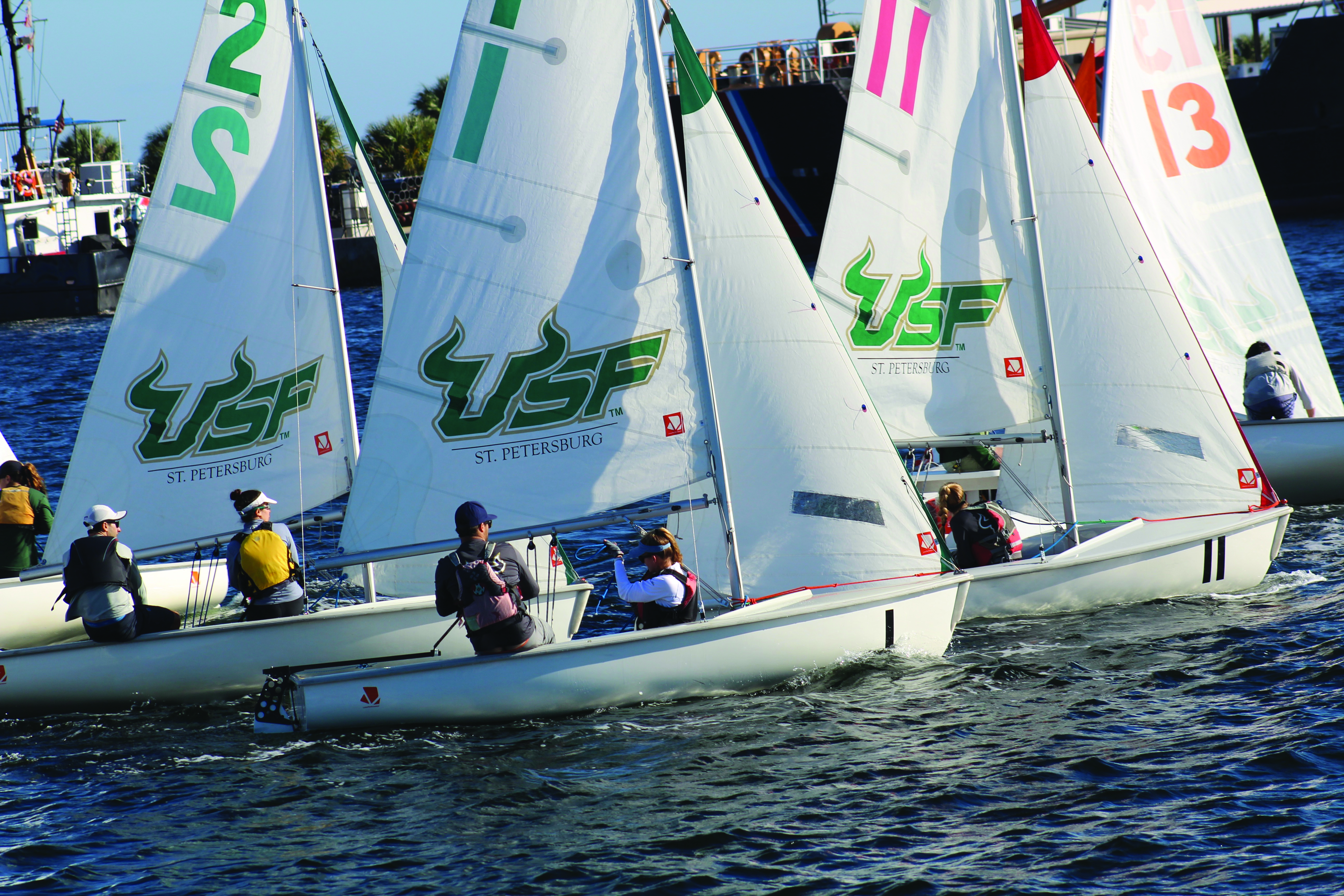By Delaney Brown
After years of suggestions to introduce intercollegiate sports, the university received an early study on the possibility of bringing them to campus.
It is entirely possible for the USF St. Petersburg campus to build an athletic program, according to senior vice president Kurt Patberg of Athletic Staffing and Consultants.
Former Regional Chancellor Sophia Wisniewska hired Athletic Staffing and Consultants, a college and university consulting service, to do an athletic feasibility study.
The study looked at location and resources and evaluated the cost of admittance into various collegiate athletic governing bodies.
Though there are three main national athletics organizations, Patberg recommends that the school enter the college athletics scene as a member of the National Association of Intercollegiate Athletics (NAIA).
The NAIA offers a mid-range start-up cost and already has a strong presence in Florida. The most logical conference for the university to compete in, according to the study, is the Sun Conference, a group of 12 competing schools from Florida, Georgia and South Carolina.
In order to be considered for conference, a school must sponsor at least eight of the 15 conference-sponsored sports.
For the university, Patberg proposed men’s and women’s soccer, cross country, golf, tennis and softball. The sailing team, which is governed by a separate national organization, would have no effect on the school’s admittance to NAIA.
Campus athletics will, however, come at a cost to students.
Introducing those eight new sports costs approximately $1.5 million.
Wisniewska made it clear that an athletic program would come out of student fees, and in order to raise the funds necessary to introduce eight new sports, Patberg suggests raising the per credit hour athletic fee to $14.46.
The current per credit hour athletic fee of $2.45 goes directly to the Tampa campus in exchange for access to its football and basketball athletic programs.
Students at the St. Petersburg campus also pay a $5 block fee per semester. Half of this money is sent to Tampa, while the remaining $2.50 is used for upkeep of the women’s sailing team housed on campus.
In addition to the increased athletics fee, students would still pay $2.45 per credit hour to the Tampa campus.
“While there is a projected number, before a fee increase happens, it would need to come before the student body,” said David Thompson, student body president. “The cost per student is ultimately up to the students.”
Student body leaders also said that he sees many positive effects of bringing athletics to campus.
“In my experience working with students, many of them want to bring athletics to campus because they want to have a stronger campus culture and feel like they attend a traditional college campus,” said Thompson.



